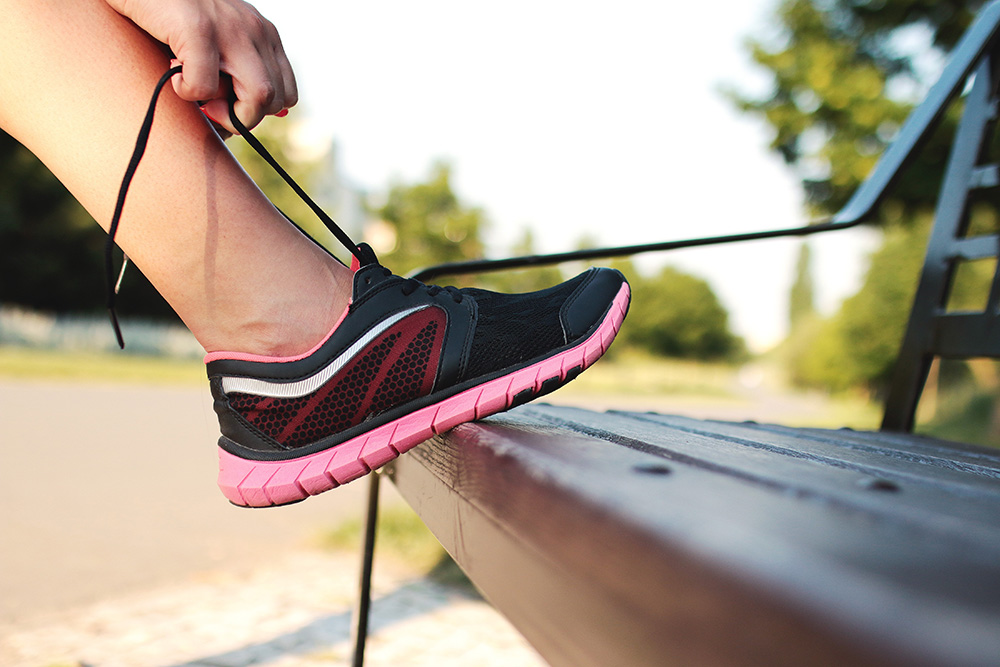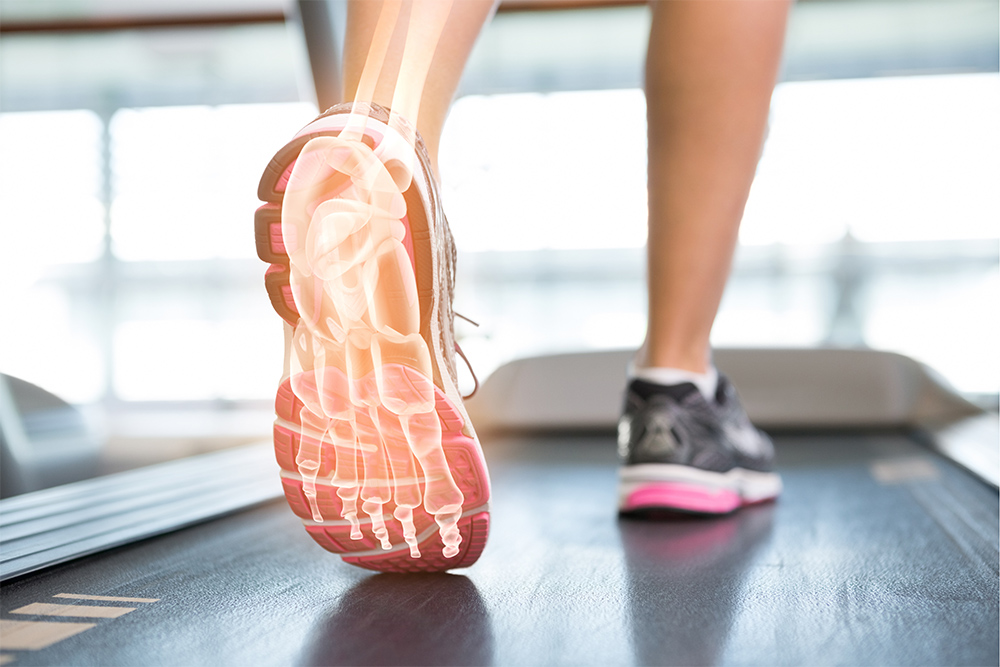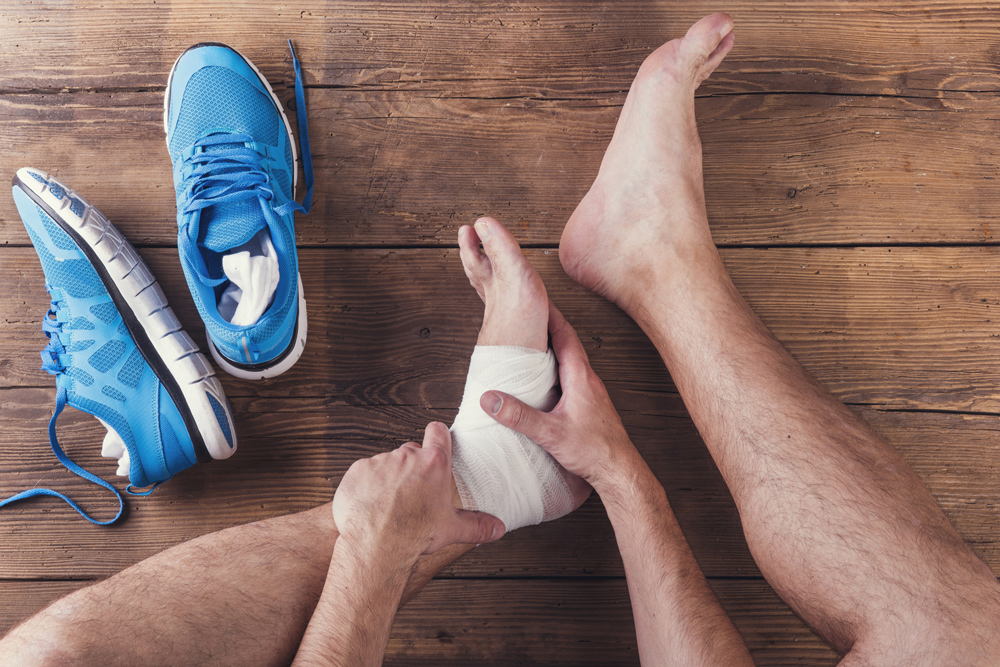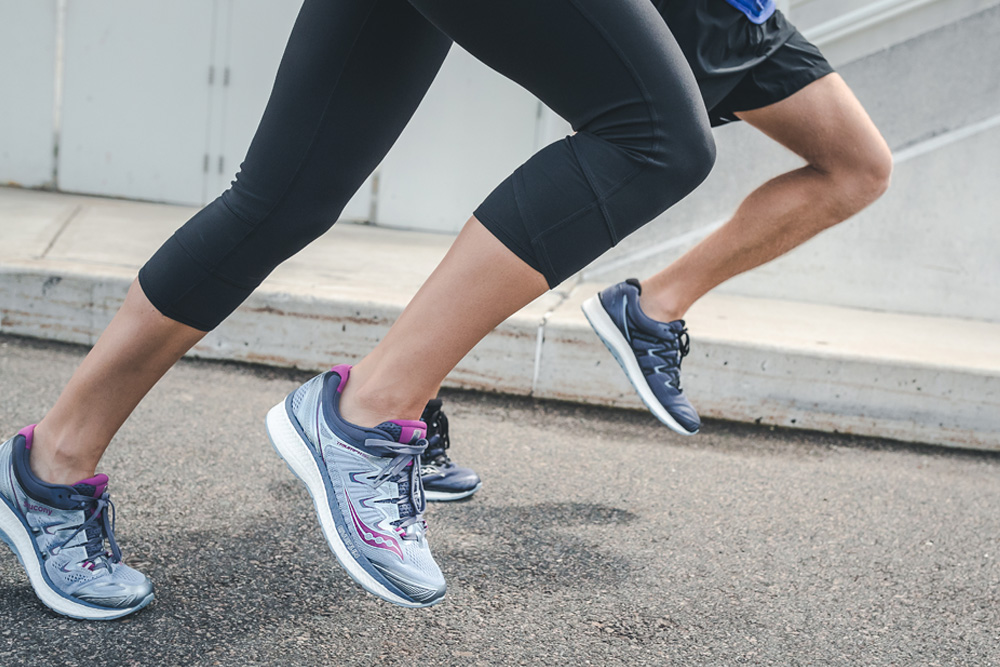
 When you run your feet and legs absorb enormous pressure, which can cause problems in your feet and legs. The good news is that there are simple steps you can take to help prevent and treat running-related foot and leg problems. Here are our top tips to keep your feet healthy and ready for the next race…
When you run your feet and legs absorb enormous pressure, which can cause problems in your feet and legs. The good news is that there are simple steps you can take to help prevent and treat running-related foot and leg problems. Here are our top tips to keep your feet healthy and ready for the next race…
-
Warm-Up
Always warm-up thoroughly before a run. A good warm-up is crucial to injury prevention and muscles and joints should be acclimatised to the level of exercise to come through light aerobic activity and stretching exercises.
-
Fitness
Injuries most commonly occur when the runner is tired and muscles and ligaments are no longer working as hard as they should be to stabilise the joints and maintain balance. Runners should gradually increase the distance they are running so that the body is fit enough for the duration of the course, running further than the body is able to cope with is a quick route to injury.
-
Strength Training
The use of resistance training is effective in building up the muscle required to support joints, around the knee and ankle joints.
-
Get the right shoes
It’s important to always wear proper running shoes that are suited to the terrain you are running on and specialist advice should be sought when purchasing running shoes. Your podiatrist can evaluate your running shoes to ensure that they are suitable and can offer advice on changes that may make an enormous impact on any pain or discomfort you, as the runner, may be experiencing.
-
Custom-made Foot Orthotics
Beyond the choice of appropriate running shoes, orthotics can provide extra support when you need it most. Orthotics are inserts that are placed inside your running shoes to adjust imbalances and restore the natural movement of your feet, which is often altered through compensating for other injuries or biomechanical problems. Customised sports orthotics help to realign your posture by restoring the natural balance in your range of movement and cushioning the impact through added silicone pads placed within the insole to absorb some of the force created during high-impact activity.
-
Braces and Padding
Sports braces are designed to protect and stabilise the joint. Runners often wear these braces around the ankle or knee joint to help further support the area. They are especially important if a runner has had a prior injury to the joint.
-
Cool-Down and Recover
A proper cool-down is just as important to injury prevention as a warm-up before a run. Stretching after training lowers long-term risk of muscle tightening, which can lead to muscle strains, and reduces muscular pain in the days following a run. Plus, remember to stay hydrated and drink plenty of water post-run.
So, now you know how to avoid injuries, get out there and start running!





